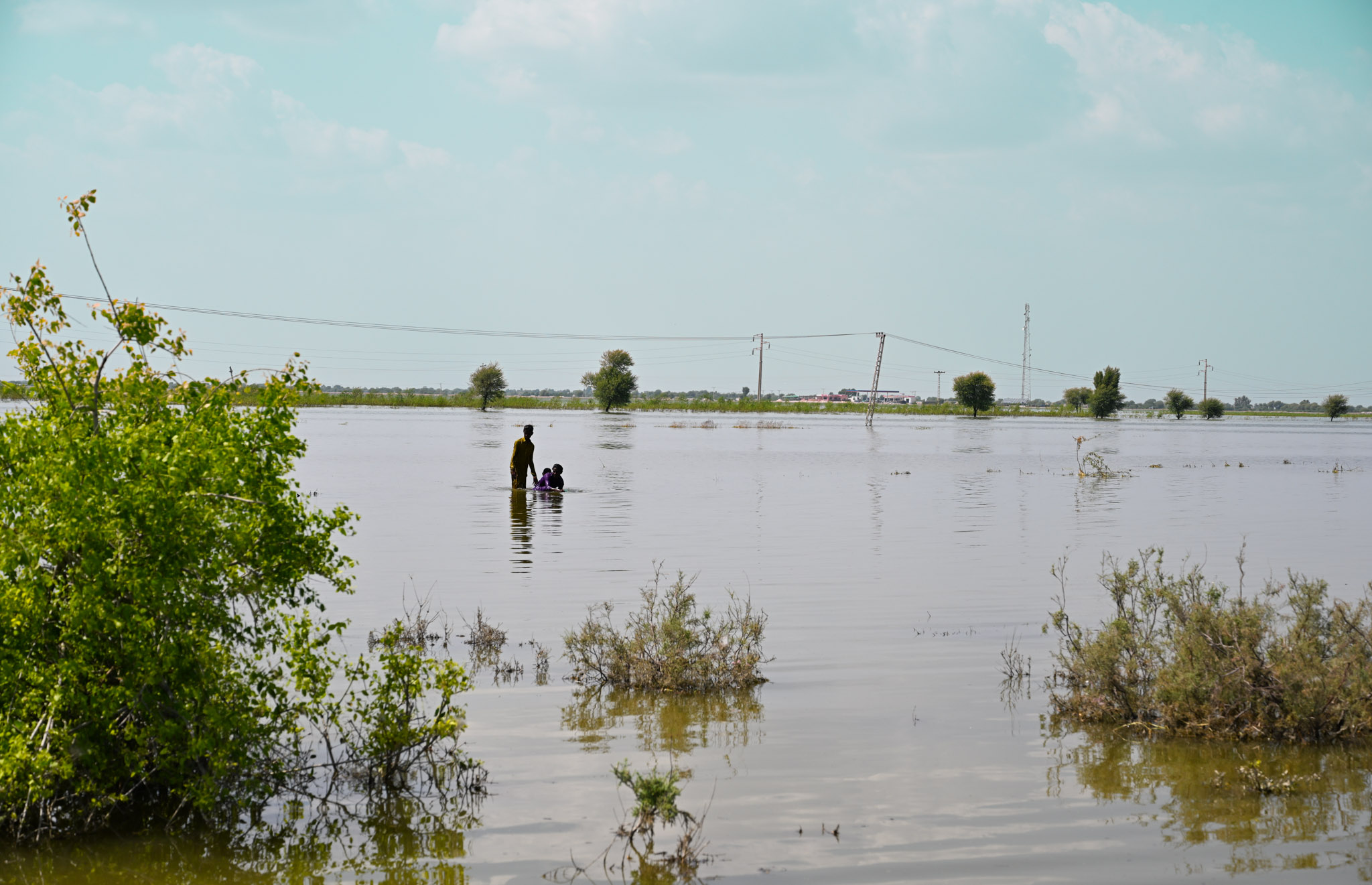
The ongoing debate about climate-induced loss and damage is rife with conflicts. Different perspectives, political views, and ideologies make it difficult for parties to agree on a way forward.
Since 2019, the Danish NGO DanChurchAid has been monitoring projects, implemented by our local partners, that address loss and damage. I believe our experience can provide some helpful perspective for the ongoing negotiations.
As an NGO working across the humanitarian and development nexus, we were already monitoring, and reporting, on projects related to cutting emissions and adapting to climate change. However, we also wanted to learn more about the efforts to address loss and damage.
Loss and damage is a reality now. The people we meet in the drought-affected Turkana region in Kenya, the flooded villages in South Sudan, and the farmers who lost their livelihoods due to cyclones in Malawi, know what we are talking about.
Defining loss and damage
At the international level, there is no agreed definition, and no accepted marker to identify projects. Our solution was to develop our own methodology. The support we give to communities to reduce exposure to climate-related hazards, for example by setting up an early warning system for cyclones, is labeled as ‘adaptation’. Meanwhile, the provision of emergency response, for example by delivering cash to families who lost their belongings, is labeled ‘loss and damage’.
One of the first lessons we could draw is that attribution is difficult. Is a drought climate-related or weather related? And are people being displaced as a result of the drought or due to local conflicts? It is not clear-cut and, in reality, it is often a combination of factors. For people on the ground, the label doesn’t matter. They are concerned about whether any support at all exists for them.
We have therefore chosen a pragmatic, but still science-based, approach. We talk about climate-associated loss and damage, rather than climate-induced loss and damage. A small but important difference that can determine whether a community will receive support or not from a future loss and damage fund.
Funding streams
Our monitoring indicates that the projects are funded from a variety of funding sources, both humanitarian and long-term development funds. That is relevant for the negotiations about ‘funding arrangements’ for loss and damage. Most of our support is directed to rapid-onset disasters, such as a hurricane, while few projects have a focus on slow-onset events, like desertification, and non-economic loss. The gap would need to be addressed by the loss and damage fund, as was agreed at the COP27 climate talks last year.
Another lesson relates to how the projects are designed. More than four-fifths of our activities include elements of both loss and damage on one hand, and adaptation or mitigation on the other. That indicates that the projects not only build back to pre-disaster situation after a loss, or damage, but that they do so in a way that improves conditions. It means that communities are more robust when the next extreme event strikes.
The UN negotiations must ensure a new fund will be eligible for cross-cutting activities, addressing both loss and damage and adaptation, to ensure the long-term perspective.
Local engagement
Finally, our monitoring makes it clear that it is local communities and local actors themselves that are spearheading the work. They are the first responders, and those who stay behind when the hazard is under control. Yes, they need support, but they are best placed to know what kind of support is needed.
Even if the new loss and damage fund is negotiated within the UN, decisions about the actual destination of the money must engage the local communities that are affected. We need locally-led actions to address loss and damage, and this must be a priority when the new fund is operationalised.
is a chief advisor at DanChurchAid and co-chair of ACT Alliance’s climate justice group.